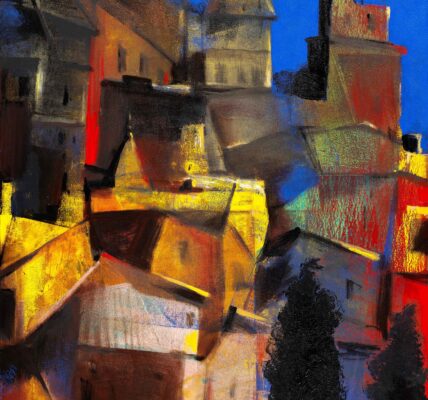Revealing an Eerie Nostalgia-
‘A Yank ’s Memories of Calcutta’
Nandini Moitra
Chowringhee Square, The Mohammedian Mosque, Jama Masjid is shown at the left. This is actually one of the quiet moments when GI trucks, taxis, bicycles and other modes of transport can move with comparative freedom.
The Second World War could easily be called the deadliest conflict in all of history. Fought between the Allies and the Axis forces from 1939-1945, the war had far-reaching effects economically, politically and socially. India, as a colony of the British Empire found itself in the position of a de-facto ally to Britain’s Western Allies including the United States of America. The city of Calcutta formed a gateway for the Indo-China- Burma Theater, of the Allied forces. This theater did not receive the manpower, supplies , resources or press coverage as the European or Pacific theaters, yet the stories and experiences of the GI’s who served in this theater , far from home serve as an important testimony of the War. In the years 1942-44 during World War II, Japanese fighter planes bombed Calcutta trying to destroy the crucial Howrah Bridge as well as operations at the sea port.
Calcutta boasts the third largest cantilever bridge in the world. Its real importance, however lies in the fact that it serves as Calcutta’s gateway to the west, being the city’s only bridge spanning the Hoogly. Taking 7 years to build, it cost $10,000,000. It towers 310 feet as the city’s highest structure, is 2,150 feet long with a centre span of 1,500 feet. It was compleated in 1942, opened in February 1943.


